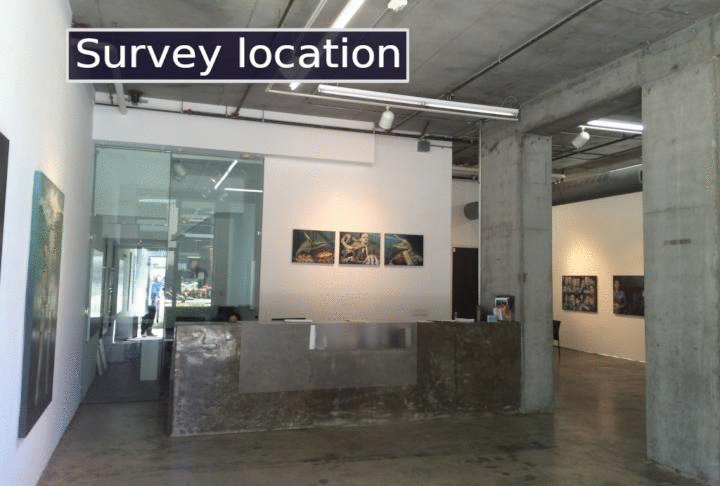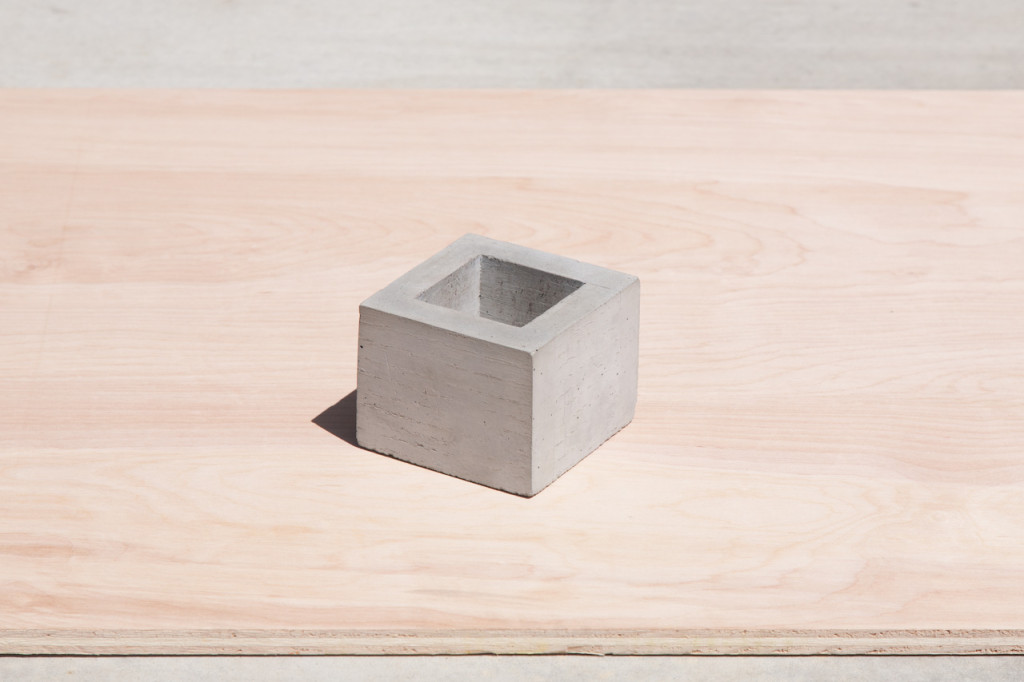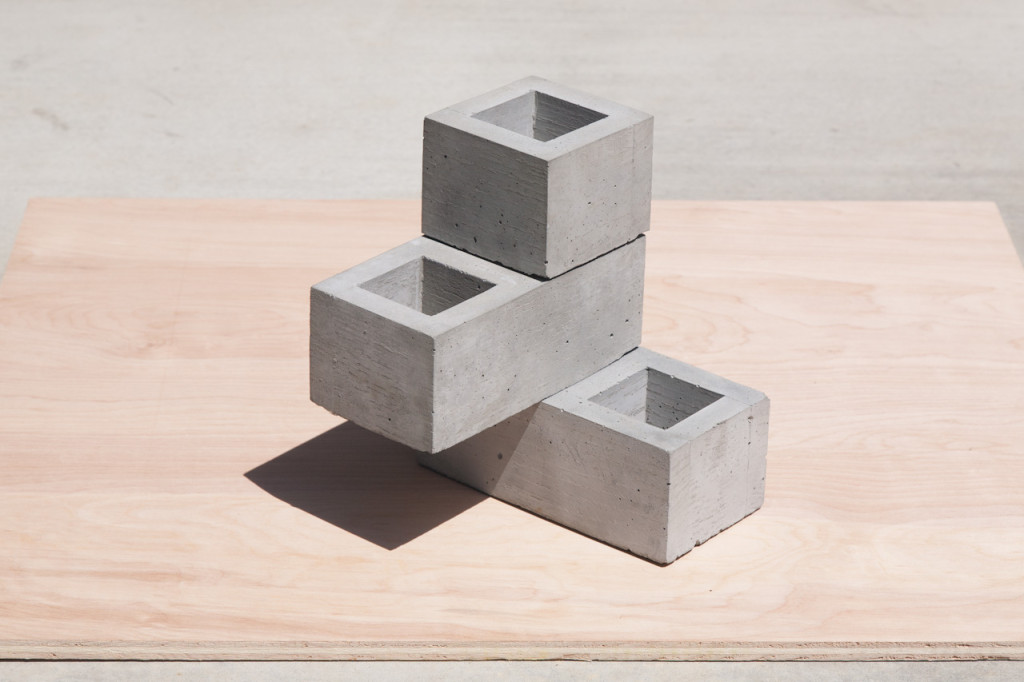I have a real soft spot for projects that blend virtual environments with real architectural spaces. In fact, before I even found a place in the VFX and animation industry, I had already had the opportunity to get involved in various stage design and themed entertainment projects that required this kind of creative inquiry. I’ve also always been excited by the use of image re-projections techniques in my VFX and animation work because I find they can sometimes offer an elegant and effective solution to problems which would otherwise be difficult or expensive to tackle through more traditional approaches.
A few months ago, when a painter friend approached me for help designing a lightscape installation for the opening of her exhibit, I jumped at the opportunity. Corinne Chaix‘s exhibit is called “Submerged” and is at the PYO gallery downtown. Her work features underwater scenes, and she wanted to explore the idea of complementing their mood and reinforcing their theme by turning the gallery space itself into an underwater environment.
We visited the gallery and brainstormed on the most aesthetically interesting ways to set up the projection. I also surveyed the space which later allowed me to build an accurate digital version of the environment.
The next step was to create a digital version of the projector in this virtual environment which allowed us to visualize the way imagery projected out into the space.
Meanwhile Corinne compiled a set of stock footage clips that resonated with her and passed them on to me. I created a composite movie that blended various elements from these clips and formatted the resulting image to fit the contours of the gallery space.
The first clip conveyed a dark foreboding underwater feeling while the second captured the delicate crystal beauty of the water’s surface.







































